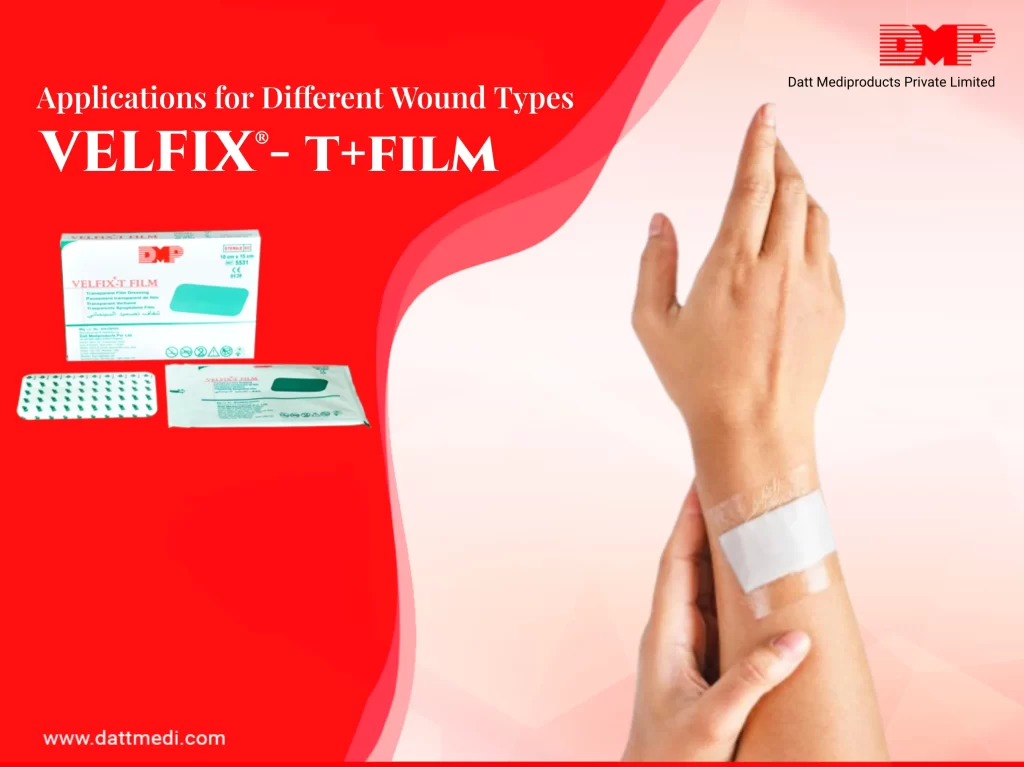
The month of May in the year 2014 was a revolution in our country when the Modi Government came to the power. The expectations of the citizens grew like never before with positive hope of changes for country’s growth and advancement. With the passage of time, the government announced astounding initiatives to make the country strong for rapid growth and development. To name a few initiatives are; Digital India, Clean India Campaign, Toilet Building Campaign, Make in India and many more.
Let’s talk about Make in India.
What Make in India Initiative is all about?
This initiative was launched on September 25th 2014 with a prime objective of making India a global manufacturing hub, by inviting multinational and national companies to manufacture their products within the country. This would benefit our nation by strengthening the economy as well as facilitating job creation, fostering innovation and enhancing skill development.
Product Quality for Indian Consumers
The Government is making enormous efforts to raise the contribution of the manufacturing sector of the country but the prime concern of the consumers is Quality. It is very difficult to change the psychology of the Indian consumers from using an international brand to switching over to domestic products.
These days we have observed remarkable improvement in product quality. It’s a fact that with the standard quality accreditations one can see that the products manufactured in India are as good as competing for international brands. Consumer experiences shared in terms of reviews and testimonials after using domestic products are sufficient to prove the case.
Will Make in India help to Strengthen the Economy and raise Product Quality as per International Standards?
Let’s try to understand it with a story.
Once there was an underdeveloped and overcrowded village. Many people were starving to earn their daily bread due to unavailability of resources. To make the way out of these problems villagers had a word with a head of the village. He provided free food to the people, which made them lethargic. They got used to this and spent their entire life still not being able to earn a lively hood. Many head villagers came and went but the situation remained the same.
After a long time a new village head came, he was qualified and clever. He announced that he will not give free food but will give opportunities to earn for your own food.
The new village head called outsiders to the village and persuaded them to make the products in the village. Once they started a factory, the village head inspired the villagers to learn the technology to manufacture new products. While learning the new technology they started earning money.
Gradually, the village head started encouraging the villagers to start their own ventures. With the passage of time, their dependency reduced on outside products and they began to flourish by themselves.
The above storyline matches the existing scenario of our country in one or the other. With the Make in India Campaign initiative, the government is trying to open the gates of opportunities within India by finding top talents to learn and lead the new technological innovations. With the help of skilled mindset and consistent learning, the country will utilize and deliver the products that surpass quality standards put forth by fellow consumers.
To quote a perfect example, we present- Datt Mediproducts – one the leading companies devoted to the manufacturing and research of products in the medical textile industry and advanced wound care. Our company leaves no stone unturned to manufacture products of international quality, conforming to the strict international standards. We always thrive to achieve customer satisfaction by improvement in quality at every stage. To know more about us, you can visit www.dattmedi.com or email us digital.marketing@dattmedi.com




